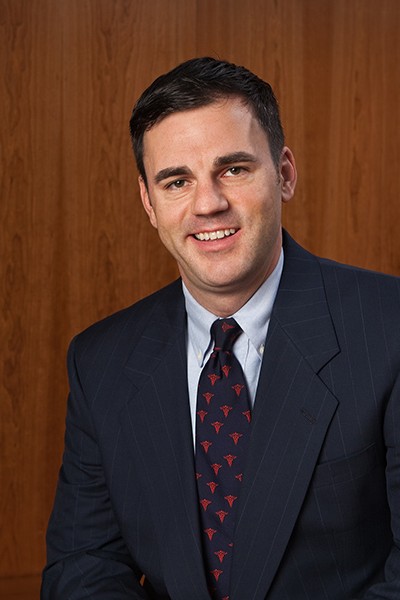Overview
Radical cystectomy, or removal of the bladder, is performed primarily for bladder cancer. In some instances, cystectomy is performed for other conditions.
During the planning of your surgery, you will meet with a trained Ostomy Nurse. The UWMC Urology Clinic has a dedicated Ostomy Nurse who will work with the Urologist to determine the best location for the ostomy and work with you to learn how to care for your stoma.
Description
In a radical cystectomy, the surgery is performed either in an open or robotic fashion. In the open operation, an incision is made from the pubic bone to the belly button. In the robotic operation, several small incisions are made to allow introduction of the Da Vinci robotic instruments and camera.
The bladder is removed by the urologist. In a man the prostate is also removed, and a vasectomy is performed. In women the uterus and ovaries are often removed; sometimes part of the vagina must be removed also. The surgery also involves removal of pelvic lymph nodes. This offers both diagnostic and therapeutic benefit to the patient.
After removal of the bladder, the urologist uses a segment of the intestines (usually the small bowel) to drain urine. There are different options for urinary reconstruction, and each has advantages and disadvantages. The decision on urinary diversion requires consideration of several factors, including physician and patient preference, extent of disease, an individual’s anatomy and other medical conditions (e.g., kidney function, overall health, age). The three options are:
- Ileal conduit (ileal loop)
- Neobladder
- Continent cutaneous urinary reservoir (CUR or Indiana pouch)
An Ileal Conduit is the simplest of urinary reconstruction performed. A small piece of the ileum or small intestine is disconnected. One end of the ileal segment is secured to the skin through a small opening on the right side of the abdomen and a small stoma is created. A plastic appliance (ostomy bag) is placed over the stoma to collect the urine continuously. The ureters are sewn or re-implanted near the other end of the ileal segment.
A neobladder attempts to create a “new bladder” for urine to be stored and most closely resembles ‘normal’ voiding. Using a larger portion of small intestine, a spherical shape is constructed. The ureters are connected near the top of the neobladder. The urethra is then attached at the bottom (Figure 11). The patient is then able to ‘void’ by creating intra-abdominal pressure (tensing the abdominal muscles) and relaxing the urinary sphincter.
A CUR also functions to store urine for intermittent drainage. However, in contrast to the neobladder, the CUR is not connected to the urethra, but rather exits the abdominal skin through a small stoma. In contrast to an ileal conduit, no stomal appliance is required. The CUR is constructed with both small and large intestine. Urinary control of the CUR is maintained by a valve mechanism in the bowel segment. The patient drains the pouch periodically by inserting a catheter (a thin tube) through the small stoma and then removing the catheter and, in some cases, covering the stoma with a bandage.
Preoperative Considerations
Important aspects of the surgical preparation for radical cystectomy, as with any surgery, include:
· Maintaining a healthy diet to provide good nutrition for healing
· Keeping active with regular exercise if possible
· Smoking cessation
Postoperative Care
Radical cystectomy is a major operation. Your recovery while in the hospital will involve a team of care providers and yourself. The people you will work with during your recovery include:
· Doctors
· Nurses
· Physical therapist
· Occupational therapist
· Stomal therapists
· Medical assistance
· Social worker
In general, you will remain in the hospital for 5-10 days after surgery. Multiple studies have shown that complications after radical cystectomy are common, with up to ½ of all people experience some type of complication after surgery. Most of these are relatively minor, but major complications can occur as well. Your health care team will do everything they can to help prevent any complication from occurring. These include, but are not limited to:
· Wound Infection and intraabdominal abscess
· Bleeding
· Pulmonary complications (pneumonia, atelectasis)
· Stroke, heart attack
· Blood clot (DVT) and pulmonary embolism (PE)
· Bowel complications (ileus, small bowel obstruction, bowel leak, fistula, rectal injury)
· Lymphocele
· Urinary complications (UTI, pyelonephritis, urine leak, fistula, ureteral stricture, renal insufficiency/failure)
· Impotence in men
· Nerve injury
· Diarrhea










